Two-way radios are critical communication tools for everything from emergency services to outdoor adventures. Whether they’re used for ensuring safety in rugged terrains or coordinating events in urban environments, these versatile devices offer reliable, real-time communication.
However, like any technology, their performance is not immune to external factors. One crucial variable that can affect two-way radios is the weather. From rain to wind, changing weather conditions can alter signal quality, impact hardware, and ultimately hinder communication. Continue reading to understand how weather conditions affect two-way radio performance.
Rain and Humidity’s Role in Signal Attenuation
Rain might seem inconsequential to radio communication, but moisture in the air—whether in the form of rain or high humidity—can significantly attenuate radio signals. Raindrops, being denser than air, can scatter and absorb radio waves traveling through them. This scattering introduces a level of signal interference, reducing the strength and clarity of the transmissions over distance. High-frequency signals are particularly susceptible to attenuation in heavy rain because of their shorter wavelengths.
Humidity, on the other hand, has a subtler yet significant impact. Moist air contains water molecules that absorb some of the energy of the radio waves. Over time, this dampening effect can degrade the performance of long-distance communications, especially in tropical or coastal regions where humidity levels often remain elevated.
Moisture doesn’t just interfere with signals; it also poses risks to the radio equipment. Prolonged exposure to wet conditions can cause metal components to rust and antennas to corrode, compromising their longevity and effectiveness. Moisture can also seep into devices that are poorly sealed, causing internal damage to circuits. This makes it imperative to use weatherproof radios or protective casings in environments prone to rain or high humidity.
The Impact of Temperature Extremes
Temperature is another weather variable that plays a pivotal role in the performance of two-way radios. Extreme heat can overburden the electronic components inside a radio, leading to overheating. This shortens the lifespan of the device and may cause abrupt malfunctions during critical operations. Battery performance, in particular, takes a hit at high temperatures. Batteries discharge more rapidly when exposed to heat, which means reduced operational time and more frequent recharges in sweltering conditions.
Equally challenging are freezing temperatures. Cold weather slows down the chemical reactions within batteries, resulting in a reduced charge capacity. Radios exposed to sub-zero conditions may see strikingly decreased battery life, necessitating carrying spare batteries as a contingency.
Beyond hardware damage, temperature shifts can also affect how radio waves travel. A phenomenon known as temperature inversion occurs when a layer of warm air traps cooler air beneath it. This uncommon atmospheric event can reflect radio signals back toward the earth’s surface, causing them to travel farther than usual. While this might initially seem like an advantage, it can actually lead to signal interference as distant radio waves overlap and distort local communications.

Snow and Ice Hazards
Snow presents unique challenges to two-way radio performance. Falling snowflakes, like raindrops, can scatter radio waves, though the extent of signal disruption is usually less pronounced. However, snow that accumulates on antennas and communication towers adds a different layer of interference. When enough snow builds up, it can create physical blockages that reduce signal strength and degrade communication clarity.
Ice, being heavier than snow, has even more noticeable effects. Ice crusting over antennas can compromise their ability to transmit and receive signals efficiently. Furthermore, ice buildup adds significant weight to structures like towers and poles, potentially bending or even toppling them in severe scenarios. This interrupts communication and necessitates costly repairs and replacements.
Exposure to icy conditions also threatens the consistency of connectors and cables in radio systems. Frozen cables can become brittle and snap under stress, while icy connectors may lose their effectiveness, requiring constant maintenance to ensure dependable performance.
The Influence of Wind on Signal Strength
Strong winds, while seemingly unrelated to the technology of two-way radios, can indirectly disrupt their performance in a number of ways. One immediate effect of wind is the physical movement it causes in antennas. When antennas sway due to gusty conditions, they lose their precise alignment with other communication points, resulting in fluctuating signal strengths and drops in transmission clarity. Maintaining stable communication under such conditions becomes a challenge.
High winds also increase the risk of structural damage to external radio equipment. Bent or knocked over antennas disrupt the communication network until technicians repair or replace them. For installations on vehicles or temporary setups, such as at construction sites or outdoor events, these risks magnify. Regularly securing external equipment against high wind speeds is essential in mitigating these potential complications.

Best Practices To Weatherproof Two-Way Radios
Despite the hurdles that weather can introduce, minimizing its impact on two-way radios is entirely achievable with careful planning and best practices. To guard against moisture and rain-induced damage, it’s recommended to use weather-sealed radios designed to meet specific environmental standards, often denoted by IP ratings. Radios with a solid IP67 rating, for example, can withstand both water immersion and dust, making them ideal for humid conditions or downpours.
When dealing with freezing or scorching conditions, storing batteries in insulated or temperature-controlled environments can ensure optimal performance. Additionally, investing in high-quality spare batteries designed for extreme temperatures offers peace of mind. Always pay close attention to the readability of radio displays, opting for devices with screens that function well under bright sunlight or in freezing cold to ensure usability in diverse settings.
For environments more prone to snow and ice, periodic inspections of antennas and communication towers are vital. Clearing snow or ice buildup before it accumulates significantly reduces the risk of damage and failure. Applying anti-icing solutions or using ice-resistant materials for key components can further safeguard equipment in harsh climates.
Finally, securing antennas and outdoor equipment is the top recommendation for windy conditions. Use heavy-duty mounts and weather-resistant fasteners to keep equipment stable despite high winds. For portable systems, you should always position antennas and radios in protected areas to minimize exposure.
Understanding how weather conditions affect two-way radio performance enables users to make informed decisions, paving the way for reliable communication no matter the forecast.
Master the Weather, Optimize Performance
Two-way radios represent essential communication tools for a variety of scenarios, from large-scale operations to personal use during outdoor adventures. However, weather conditions can introduce significant challenges to their performance. Rain and humidity weaken signals and corrode equipment. Extreme temperatures impact battery life and cause unforeseen signal propagation. Snow and ice disrupt physical structures, while strong winds destabilize antennas and damage key components.
By recognizing these challenges and employing preventative strategies, users can overcome the environmental hurdles posed by the elements. Battery Distributors’ range of replacement batteries, including Motorola APX 6000 battery replacements, ensures more dependable communication, greater equipment longevity, and, ultimately, peace of mind in even the most unpredictable settings. Whether you’re scaling mountains or managing operations in the city, weather-smart preparation for radios offers the clarity and connectivity you need. Browse our selection to stay connected regardless of the weather conditions.



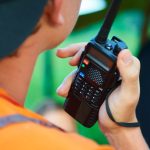
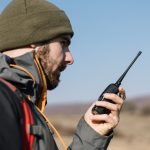
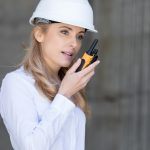
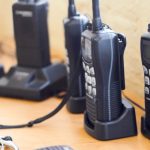
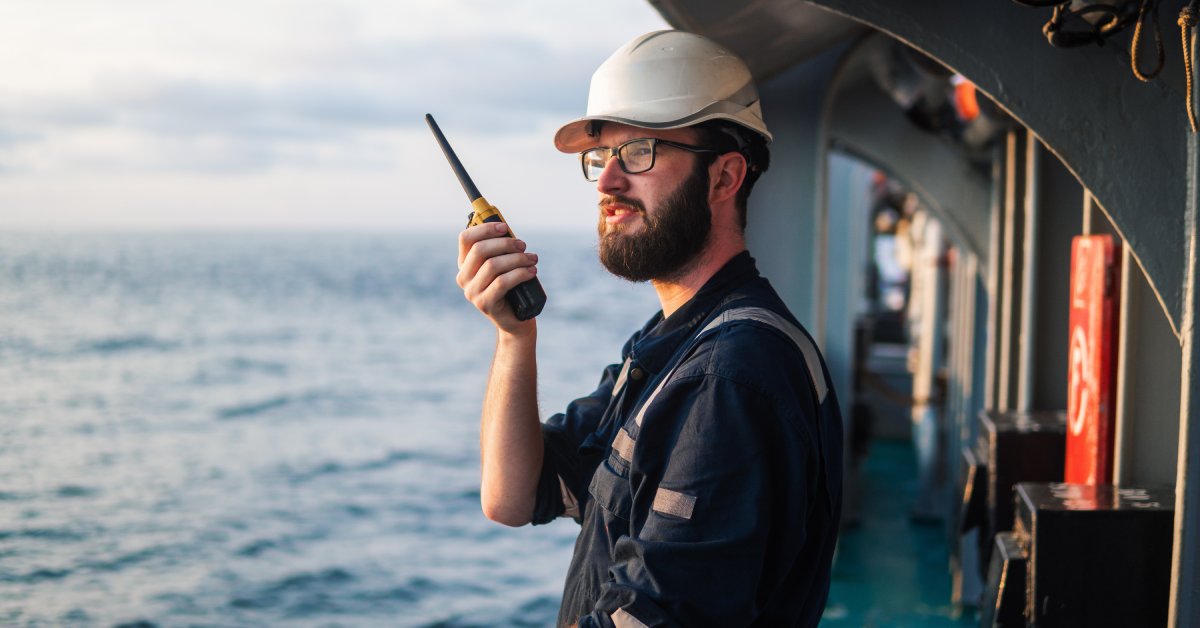

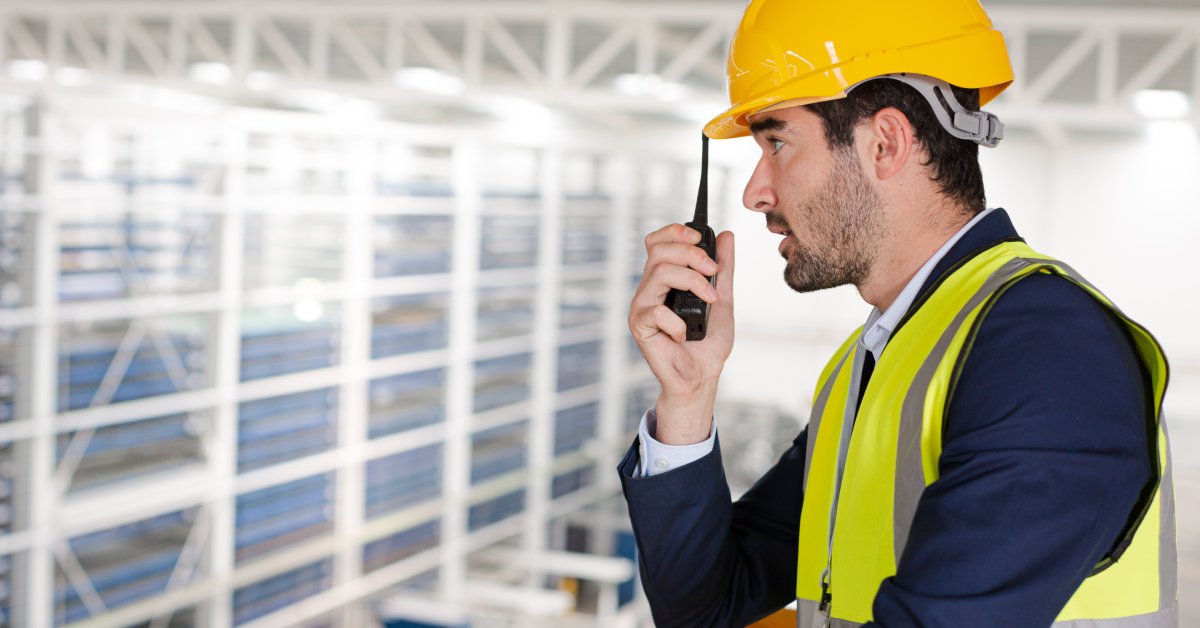
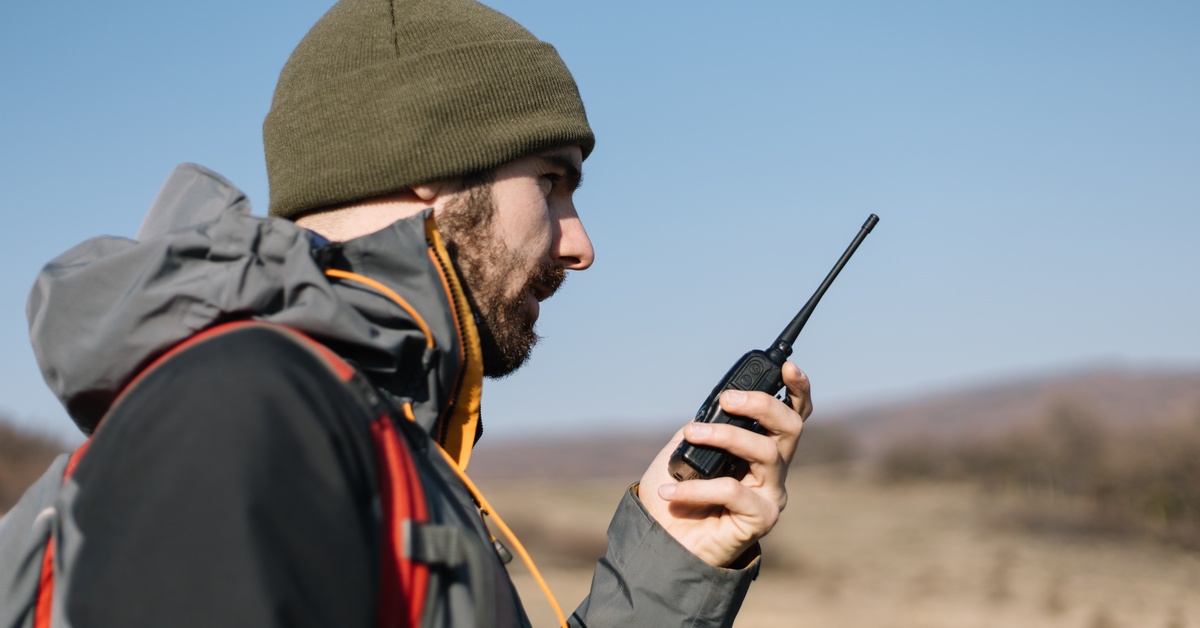
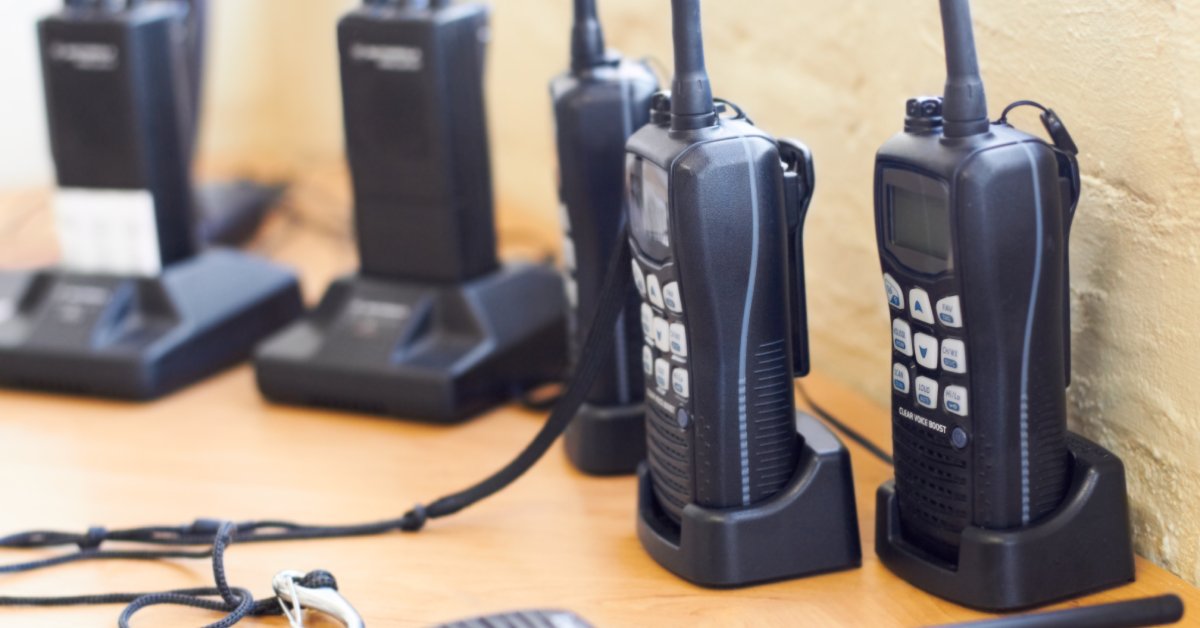
One thought on “How Weather Conditions Affect Two-Way Radio Performance”